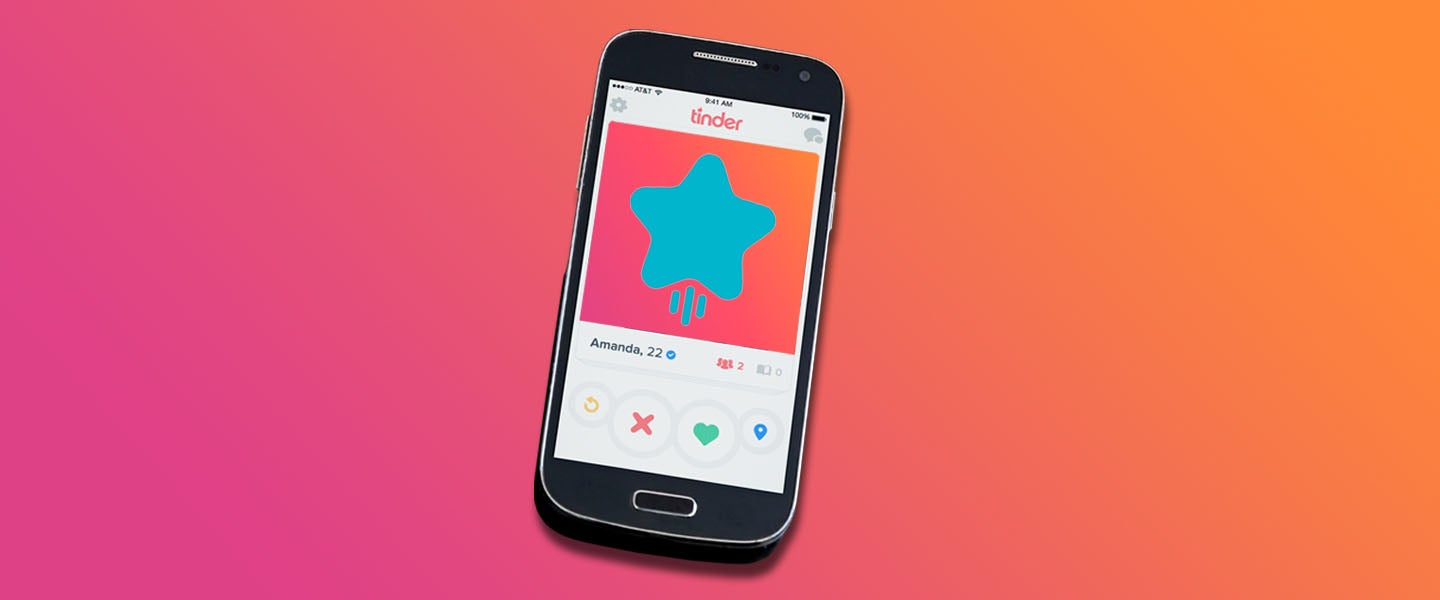I feel sorry for straight guys on Tinder. No, really. Especially the ones who’ve come across me. I got so used to thoughtlessly swiping left in disapproval, rejection became a subconscious habit. It didn’t matter what you looked like; my thumb instinctively pushed your profile away from me forever.
On Tinder, men are an endlessly renewable resource. Dick is abundant and low value, as lawyer and MEL writer Madeleine Holden famously tweeted. It was no biggie to swipe left on a dude who, for even the smallest reason, did not light my fire.
Thing is, Tinder would like you — and by you I mean men — to believe that you can make a woman more interested in you by stating you’re very interested in her. We know a simple match means nothing: People are out here using auto-likers to increase their odds, and if they’re not, let me assure you that straight men will swipe right on just about any woman.
But what if you could be someone’s favorite match of the day? That’s cute, right?
This is the thinking behind the Super Like, which Tinder introduced a few years ago. It’s a way to “let you let them know that they stand out from everyone else” as you’re swiping through profiles. Regular, non-paying users get to utilize only one Super Like a day (paying members get five, and anyone can buy more Super Likes at a dollar a pop). So when you see someone’s Super Liked you, you know you’re special. You’re the one they opted to shoot their single shot with. That’s why Super Likes are said to be a more successful tactic in getting a match than traditional right swipes.
According to a Tinder representative, the app’s data show that Super Likes are three times more likely to receive a match. What’s more, conversations that begin with a Super Like last 70 percent longer, the company says.
So do they actually work in practice?
“Super Likes are a success for the most part,” Ethan, a 26-year-old guy from Massachusetts, tells MEL. “More women opt to match: ‘Wow, this loser Super Liked me, why not.’”
Among women, though, I found that it didn’t have as strong of an effect — or they just didn’t want to admit it did. On Instagram, I polled more than 100 people; half said the Super Like does not make them any more likely to swipe right in return. The other half — 55 people — were almost entirely men. Out of the hundred-some responses, only five women said the Super Like was a compelling factor.
“The Super Like did make me more likely to swipe right on someone, unless the guy was clearly not my type,” says Jade, a 24-year-old from Seattle. “But I got blocked from Tinder because I drunkenly kept messaging girls to sit on my face.”
“When I was on Tinder, I never felt like the guys that Super Liked me meant it,” says Raphaela, a 25-year-old in Vermont. “I always felt like they were using it the same way as a flattering pickup line, and I don’t think it was a coincidence that they were never the kind of guy that I would swipe yes on anyway.”
Guys, too, have mixed feelings about the feature. “It always comes off a little too creepy, in my opinion,” says Jake, 23, in Iowa.
Complicating things further, one man tells me he feels fine sending — but not receiving — Super Likes. “I use them as soon as they refill, and I call the cops when I’m on the receiving end of one,” says John, a 31-year-old in Los Angeles.
My two cents? Rather than Super Liking, you might be better off making sure you’re using the right photos and writing up a decent bio. At the very least, if you do Super Like, you can enjoy the knowledge that you probably gave someone an ego boost if you decide to use the feature. Just, whatever you do, don’t go harassing the girl on Instagram.

